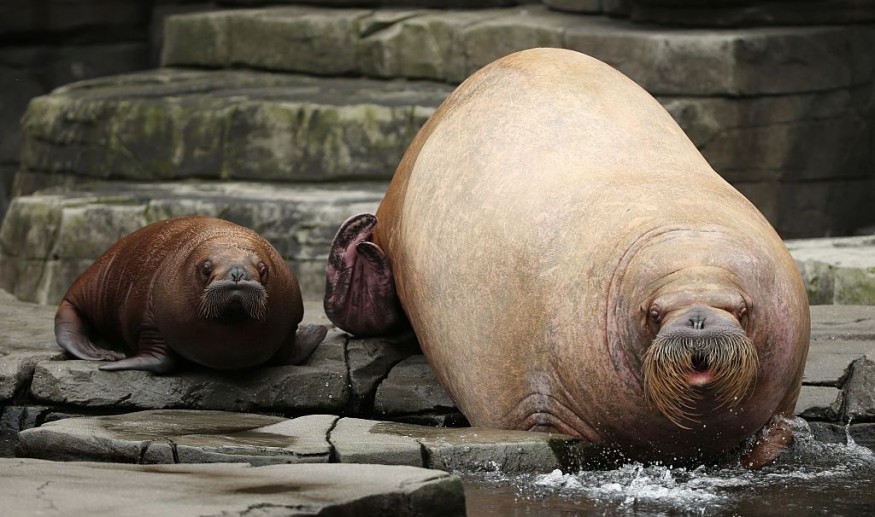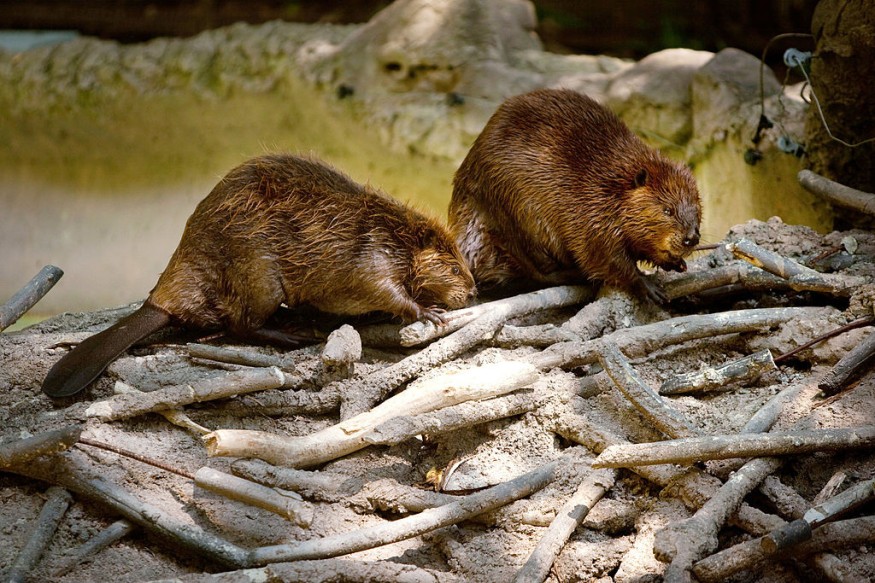zooFrom the fish used for feed to the excrement from the grazing herbivores, the air at a zoo is full of odors, but we now know it is also packed with DNA from the animals who live there. Two research groups released independent proof-of-concept studies in the journal Current Biology on January 6th, showing that collecting air from a local zoo can capture enough DNA to identify the animals there. This might be a proper, non-invasive way to track biodiversity.

Airborne DNA

"Capturing airborne environmental DNA from vertebrates allows us to identify even species that we can't see," explains University of Copenhagen researcher Kristine Bohmann (@kristinebohmann), who leads the team.
Directly via camera and in-person observation, or indirectly by what they leave behind, such as footprints or excrement, terrestrial animals can be tracked in various ways. These approaches have the disadvantage of necessitating extensive fieldwork and requiring the animal to be physically present. For example, knowing where to place the cameras on the animal's route, sorting through hundreds of photographs, and sometimes a little luck is all required for animal monitoring via camera.
Related Article : Soil Samples in Yukon Revels How Long Mammoths and Wild Horses Survived
Monitoring DNA
As Bohmann explains, "Earlier in my career, I traveled to Madagascar intending to see a lot of lemurs. In actuality, I only saw a few and largely heard them leaping away through the canopy." "As a result, detecting many species by direct observation may be a lot of labor, especially if they are elusive and reside in highly confined or inaccessible environments."
"Monitoring airborne DNA is extremely, really challenging compared to what people discover in rivers and lakes since the DNA appears super diluted in the air," explains Elizabeth Clare, chief researcher of the Queen Mary University of London team (Clare is now at York University in Toronto). "However, for various samplers, genes, locales, and experimental methodologies, none of our zoo investigations have failed. All of it worked and shockingly effectively."
Bohmann and Clare lean primarily on their previous research to monitor wildlife by collecting different forms of DNA shed by animals as samples. This is known as "environmental DNA," or eDNA, and it is a well-established technology for sequencing eDNA from water samples to monitor aquatic species.
"Air surrounds everything," says Bohmann, "and we sought to eliminate contamination in our samples while enhancing actual animal DNA detection." "Our most recent work with airborne eDNA entails doing what we normally do when processing eDNA samples, but with a few tweaks."
Collecting Samples from Zoos

At a nearby zoo, each research group collected samples from inside walled-in enclosures like the tropical house and indoor stables and outside sections in the open air to perform their study. According to Christina Lynggaard (@lynggaardc), first author and postdoctoral fellow at the University of Copenhagen, "to gather airborne eDNA, we utilized a fan, similar to the one you would use to cool down a computer, added a filter to it, and then let it run for some time."
While the researchers haven't pinpointed the source of genetic material from the zoo and its environs, the fan sucks in air from the zoo and its surroundings. This air might carry genetic material from any source, including breath, saliva, hair, or excrement. As Lynggaard puts it, "it might be anything that can get airborne and is tiny enough to continue floating in the air." "After air filtering, we extracted the DNA from the filter and used PCR amplification to produce a large number of copies of the animal DNA; after DNA sequencing, we processed the millions of sequences and compared them to a DNA reference database to identify the animal species," says the researcher.
The fan draws in air from the zoo and its surroundings; however, the researchers haven't determined the source of genetic material and its environs. This air might contain genetic material from breath, saliva, hair, or feces, among other things. "It could be anything that can get airborne and is small enough to continue floating in the air," Lynggaard says. "After air filtering, we extracted the DNA from the filter and used PCR amplification to produce a large number of copies of the animal DNA; after DNA sequencing, we processed the millions of sequences and compared them to a DNA reference database to identify the animal species."
For more biological news, don't forget to follow Nature World News!
© 2025 NatureWorldNews.com All rights reserved. Do not reproduce without permission.





